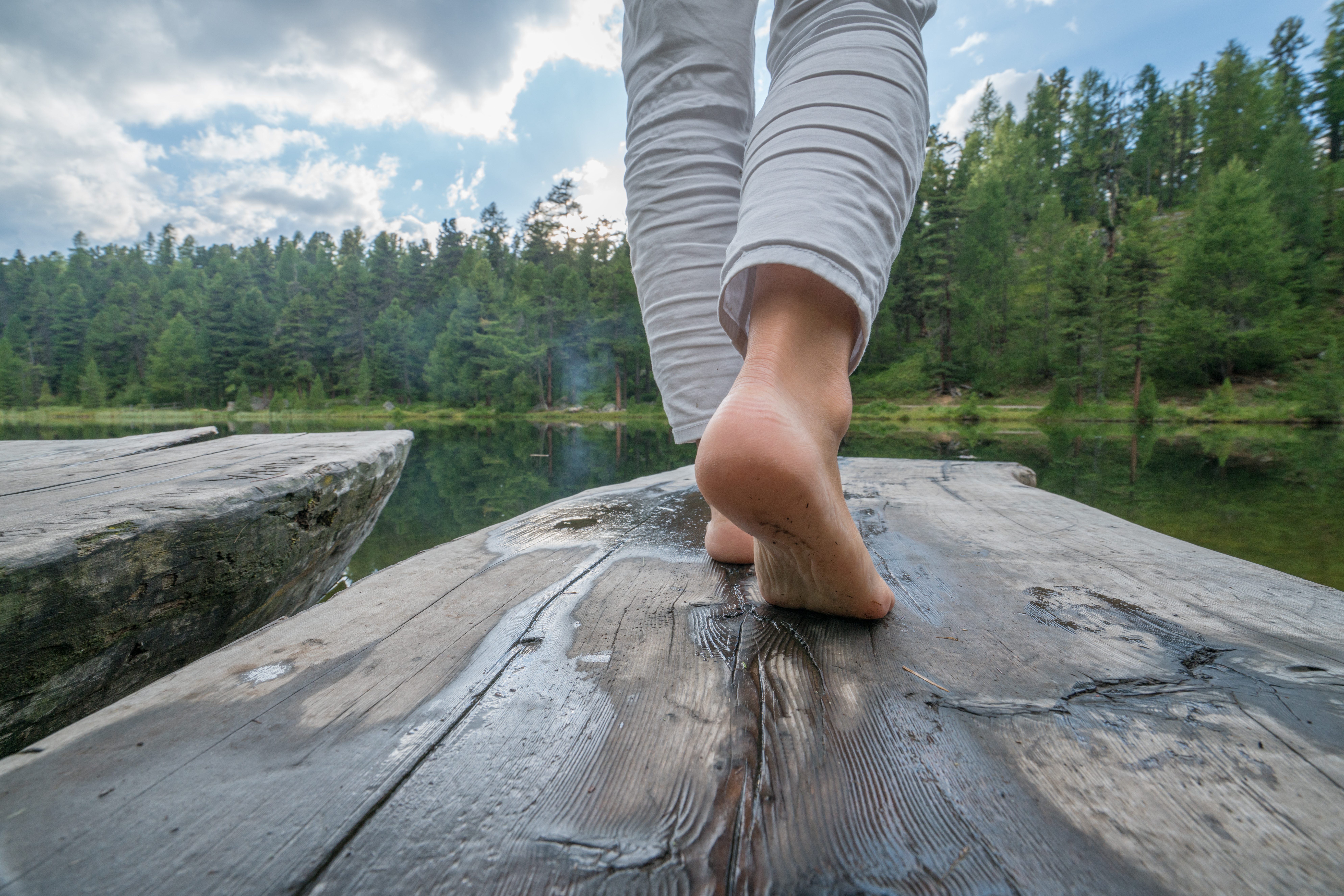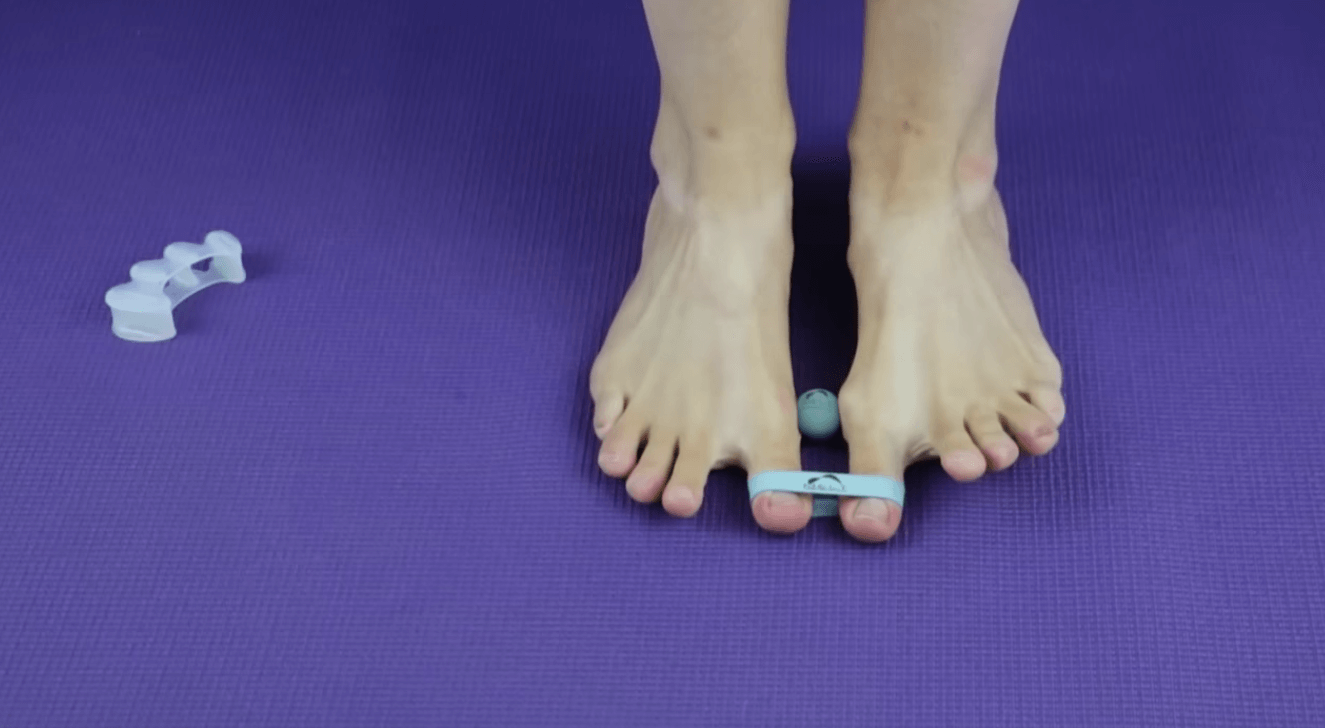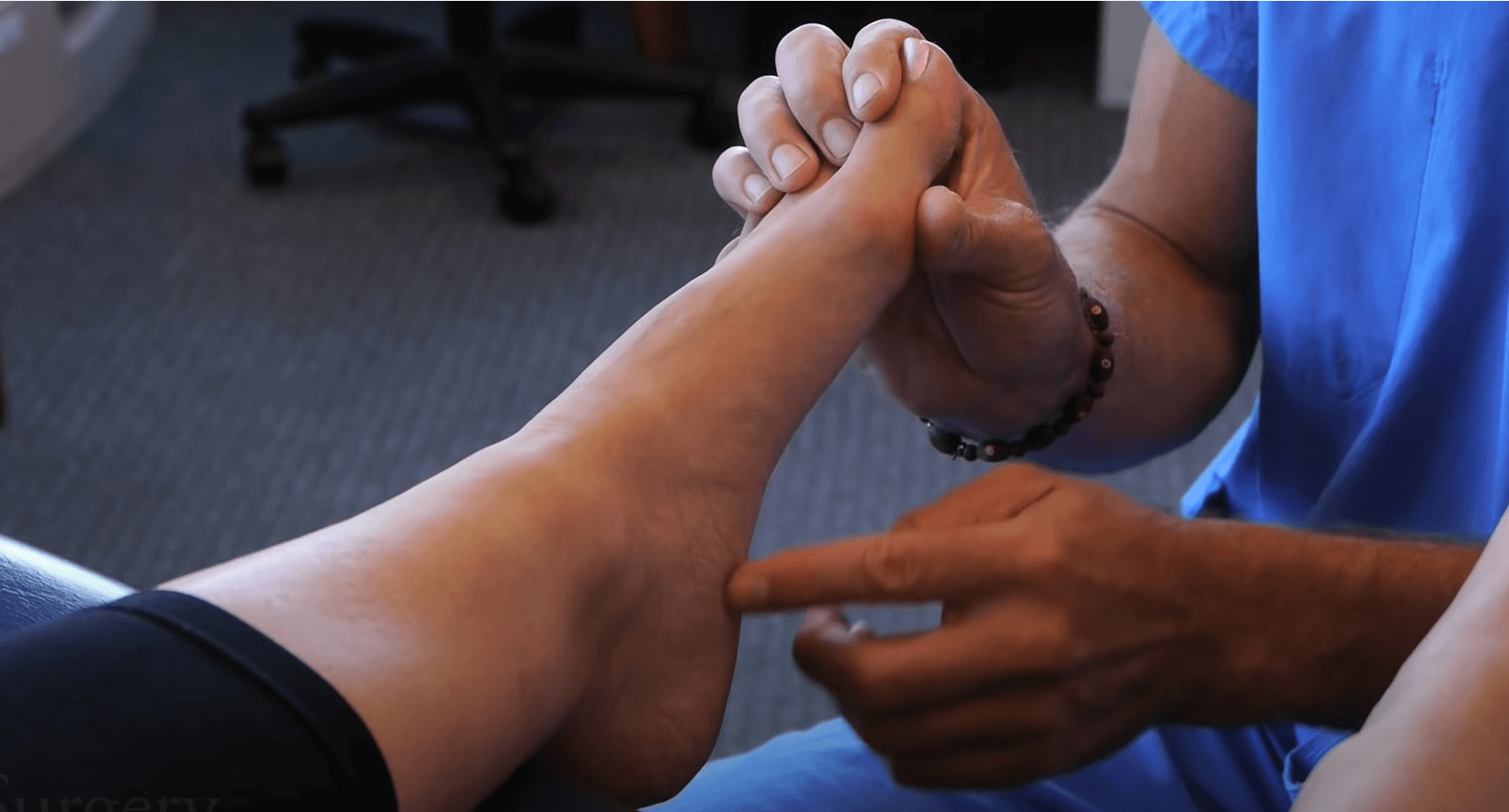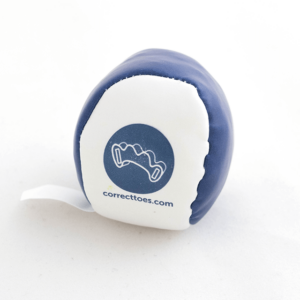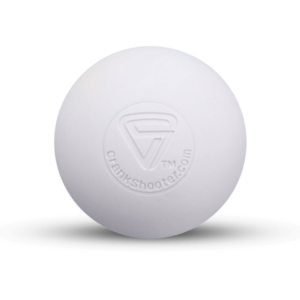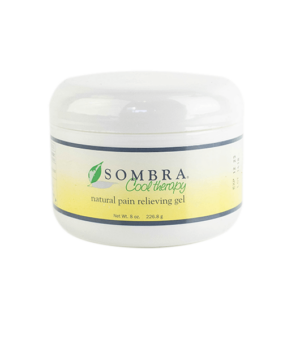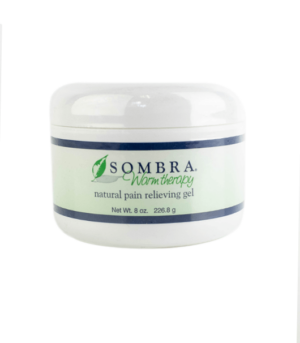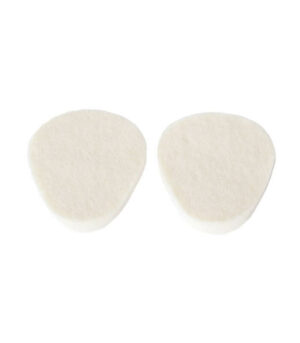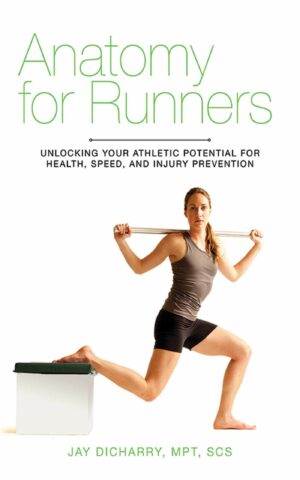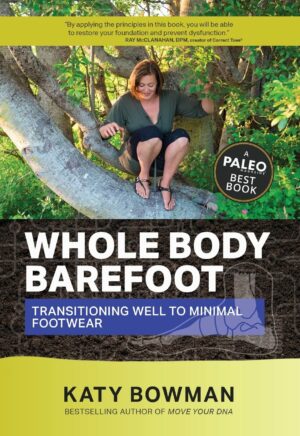Written by Dr. Ray McClanahan, DPM and Golden Harper
For the past couple of months, the vast majority of us have been staying at home due to circumstances related to COVID-19. For many people, this has been challenging in almost every aspect of our lives. However, one silver lining is the health of your feet. The reality is that while staying at home more often, we’ve spent more time shoeless, and less time wearing shoes that are hard on our feet. Your foot health has likely improved quite a bit while you’ve been staying at home, and we’ll discuss why and how to capitalize on that moving forward.
We rarely think about our feet, unless they give us problems—which, according to the American Podiatric Medical Association, is around 75% of us in any given year. Is it possible that we have the foot pain we do because we don’t think about our feet—the foundation of our body—enough? Perhaps thinking about our feet boils down to an early pre-school lesson with the shape-sorter toys. Most of us were taught not to put the square shape in the triangle hole. It just simply doesn’t work. Similarly, with our feet, most of us haven’t thought about the fact that almost no shoes are shaped like natural feet. Healthy human feet are relatively square shaped, while nearly all shoes are shaped more like triangles. This is just a basic idea of how we don’t generally pay much attention to our general foot health.

Compared to our natural, barefoot position that we come into the Earth with and wake up with every morning, shoes elevate our heels, crowd our toes together, and weaken our arches, among other detrimental things. Much like Chinese Foot Binding, but to a lesser degree, we essentially do “American Foot Binding” by quite literally deforming our feet out of their natural position. Over time, our feet come to look like the shoes we wear; and the more our feet look like our shoes, the more foot conditions we tend to develop and suffer from.
Not surprisingly, the top foot health recommendation of many leading podiatrists is quite simple actually—ban shoes in the house. Why? Put simply, most shoes are not good for our feet. As the studies of the famous podiatrist Dr. William Rossi show, 98% of all shoes have tapered toe boxes and elevated heels that “make normal gait impossible”, as well as negatively affect our posture and other chain-reaction health issues. Additionally, when studying populations of people who don’t wear modern footwear, researchers rarely if ever find any of the chronic foot conditions that plague the average Westerner. Pathologies such as Plantar Fasciosis, Neuromas, Bunions, and Achilles issues simply don’t exist for these people; and while some of these conditions may have a genetic component, they are all triggered by the compressive forces from wearing shoes or some other form of binding or deforming the foot.
While staying at home, most of us spent more time shoeless—something essential for good foot health. Additionally, the percentage of time we have spent wearing “nice” expensive dress shoes and fashion shoes has plummeted. Women are wearing high heels with pointy toe boxes far less. Many men are sitting at desks in a nice shirt, but in bare feet or socks as their feet can’t be seen on Zoom. And of course, everyone knows that it’s just a lot more comfortable to not have to wear shoes—especially those with elevated heels or tapered toe boxes. What most people don’t realize is that even “comfy” athletic shoes almost all have tapered toe boxes and midsole cushioning that is twice as high in the heel as it is in the forefoot. While these types of shoes are certainly better than more extreme high heels or stilettos with very pointy toe boxes, they still make it impossible for the foot to function the way it was designed.


The health benefits of going barefoot and wearing natural shoes are numerous. These benefits include: (1) stronger and thicker skin on the bottoms of our feet, (2) stronger arch muscles (up to 10% bigger), which results in less plantar fascia problems and less over-pronation, (3) better balance and proprioception, (4) better performance in jumping, sprinting, and lateral movement sports, (5) prevention of musculoskeletal deformities such as bunions, bunionettes, and crooked toes of all types (hammer, mallet, claw, adductovarus), (6) grounding with the natural surface energy of the earth, while barefoot, and (7) natural skeletal alignment which often relieves pressure at the lower back, hips, or knees.
Now, the question is, how do you capitalize on the progress your feet have made during the “stay at home” era, and even possibly take it to the next level? The first step is to make a conscious decision to take your shoes off whenever possible; this will allow the feet to maintain their natural shape and structure, while also allowing them to get stronger and healthier. If you choose to wear socks, understand that most “nice socks” are sized too small and tight for the toes and actually restrict and deform the foot as well. Consider buying socks at least a size larger than the package recommends to try and get them closer to the length of your foot and allow your toes to be unrestricted. You may also benefit from wearing “toe socks” which encourage independent movement of your toes.
Similar to the previous recommendation, try to develop a conscious reminder to slip your shoes off when you’re at your desk. This is something that many foot health experts have made a habit of doing for a long time now. If you’re like most people, you dislike tying your shoes enough to prevent you from doing this. Here’s a simple lacing trick you can use to both improve blood flow to your feet and avoid having to tie and untie your shoes on a regular basis. With your foot in your untied shoe, pull your heel slightly out of the shoe. Most of your heel will be out of the shoe, but the bottom (plantar) aspect will still be slightly within the shoe. Rest the “corner” of your heel on top of the shoe’s heel counter. Now tie your shoe tight. If you’ve done it right, you should be able to slide your shoe on and off without too much resistance, but it will stay on fairly snug as well. Those of you who are used to tying your shoes really tight may feel like the heel is loose. This may drive you crazy at first, but within a day or two you will get used to it and your feet will thank you.
To really take things to the next level, you can make a commitment to using natural footwear on a regular basis. What is natural footwear? Natural footwear is completely flat, with the back of the heel at the same height as the ball of the foot—zero drop. The tips of our toes are meant to be on exactly the same level plane as our heels are, especially during the very important part of our step cycle called “midstance,” and so natural footwear does not include a rigid toe spring. A rigid toe spring holds the tips of our toes above the balls of our feet, robbing our arches of stability, creating tendon imbalances, and migrating our plantar metatarsal fat pad distally towards the toes where it will no longer protect the various anatomy in the balls of our feet. Natural footwear possesses a toe box that is foot-shaped—meaning it is widest at the tips of the toes, as opposed to most other footwear that is widest at the balls of our feet. Natural footwear is lightweight, and provides just enough cushioning to protect the wearer from blunt trauma injury.

A poorly known fact is: our bodies will do a fairly good job compensating for our fashion footwear choices (including athletic footwear) for a long time, until the feet eventually take on the shape of shoes, break down, and/or get injured. In our experience, this breakdown is extremely common in 4th, 5ht, and 6th decade individuals, affecting women more often than men. If your foot already looks like the shape of traditional shoes or you are currently experiencing chronic foot pain from plantar fasciosis, neuroma, bunion, etc., Correct Toes may help. Correct Toes are medical grade silicone toe spreaders that can be worn inside foot-shaped shoes, such as those made by Altra and others. They help people realign, strengthen, and restore their feet back to their natural anatomical position.
For the numerous reasons listed above, it is beneficial to adopt a lifestyle of prevention (and comfort). Live barefoot as often as possible and wear natural shoes whenever you need to. We challenge people to take the “30 Day Natural Footwear Challenge” and avoid wearing any traditional shoes with an elevated heel or tapered toe box for 30 days. Most people notice a dramatic change in the health and comfort of their feet, and also consequently find traditional shoes to feel unnatural and uncomfortable as their feet have now experienced enough space and utility to function and act like feet again. It’s an exciting and worthwhile journey and transformation.
To recap: staying at home has given us an opportunity to keep our feet in their natural position more—allowing for comfort, healing, and a transformation of our feet that would have otherwise been more difficult. We encourage everyone to continue this momentum by establishing habits of wearing natural footwear and going barefoot when possible. Spending more time barefoot and in natural shoes can help begin to reverse the chronic foot conditions caused by traditional shoes, and result in feet and bodies that are more comfortable, useful, and less prone to injury.
Dr. Ray McClanahan is a leading natural foot health podiatrist—he founded the NW Foot and Ankle clinic and is the inventor of Correct Toes.
Golden Harper is a record setting distance runner, biomechanics expert, natural foot health advocate, and Founder of Altra Footwear.


